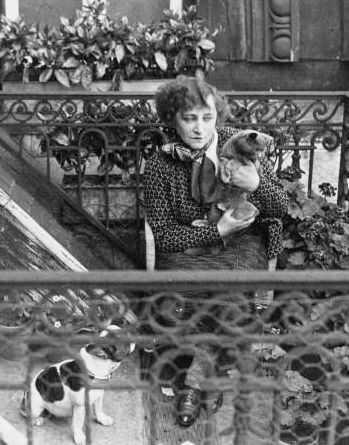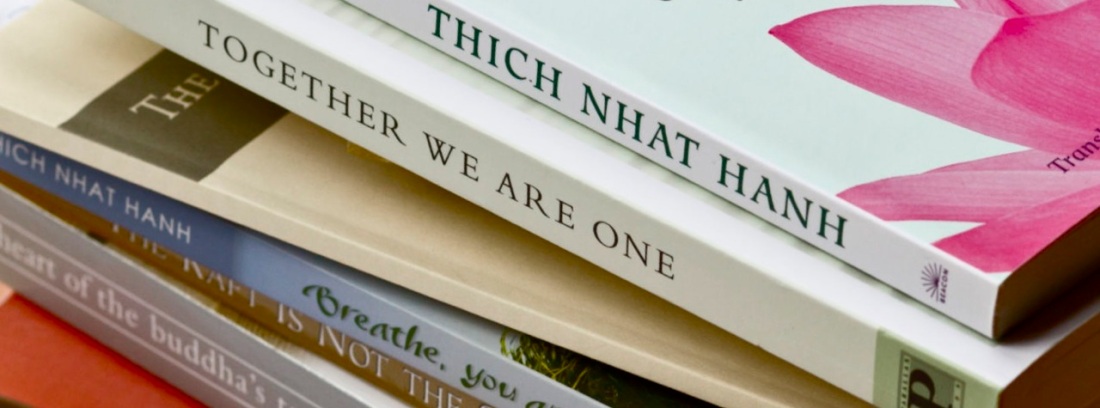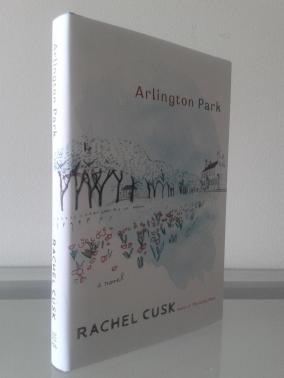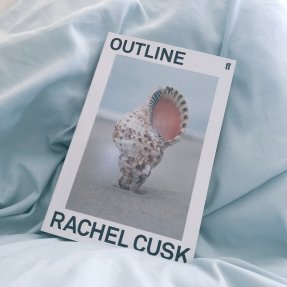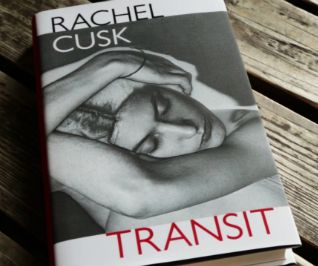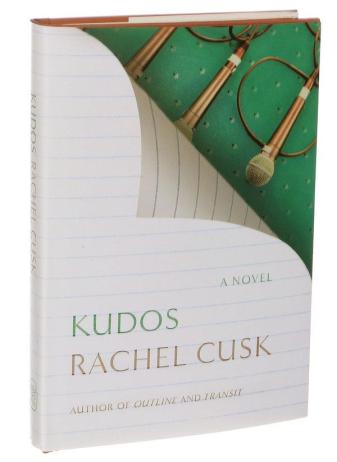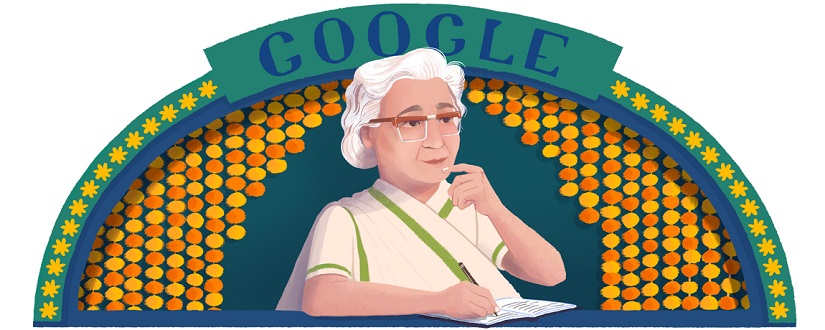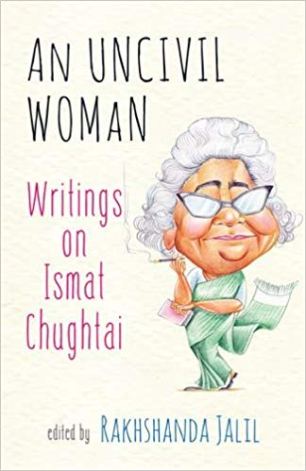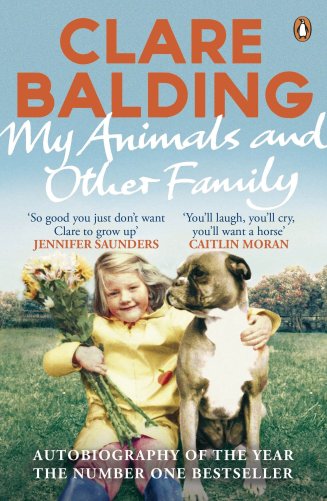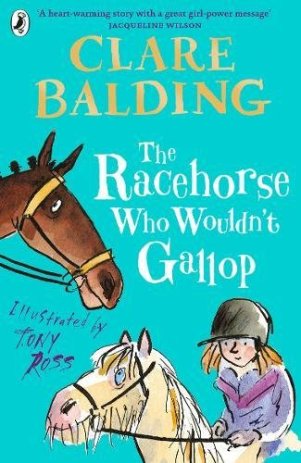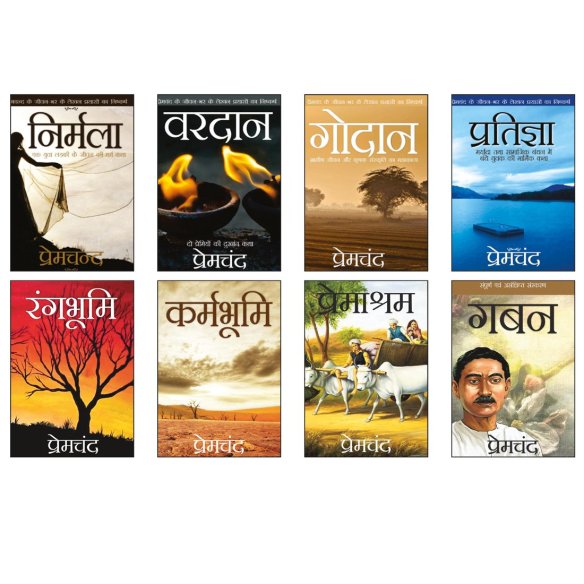“Our perfect companions never have fewer than four feet.” French writer Colette’s quote strikes a chord with all animal lovers. Our featured writer for this week is the French novelist Sidonie-Gabrielle Colette, who wore many hats as mime, actress and journalist, and was nominated for the Nobel Prize in Literature in 1948.
Colette was born in Yonne, Burgundy. At the age of twenty she married author and publisher Henry Gauthier-Villars, better known by the nom de plume, Willy. Colette’s first four novels appeared under her husband’s name – four books from the Claudine stories – Claudine à l’école (1990), Claudine à Paris (1901), Claudine en ménage (1902), and Claudine s’en va (1903). The series takes the reader through the coming of age of the titular character – a fifteen year old from a village in Burgundy to the literary salons of Paris at the turn of the century. The stories are semi-autobiographical, and are available for English readers as Claudine at School, Claudine in Paris, Claudine Married, and Claudine and Annie.
Willy, who was fourteen years older than Colette, introduced her into avant-garde intellectual and artistic circles, and chose the subject matter of the Claudine novels. Colette said she would never have become a writer if it had not been for Willy. Though she did express her wish for her name to be associated with her work as it became widely known, only to be locked up by Willy and forced to write, until she produced enough pages to suit him – which he published as his own work. (Glimpses of the artist of the sixties, Margaret Keane, whose husband took credit for all her paintings.) Colette and Willy separated after a decade, but the divorce became final only a couple of years later. Copyrights to all the Claudine books belonged to Willy, and he kept all royalties, giving her no access to those sizable earnings, ultimately resorting to a stage career in music halls across France – even playing Claudine in sketches from her own novels. She recalled this period of her life in La Vagabonde (1910), which dealt with the independence of women in a predominantly male society.

Colette subsequently married Henry de Jouvenel, a French journalist and statesman, and editor of Le Matin – a French daily newspaper. She devoted herself to journalism during the First World War, without much time for her own writing. In 1920, Colette published Chéri – a story about the love affair between an older woman and a much younger man. Colette divorced Jouvenel soon after, and married Maurice Goudeket a year later (who remained her husband till her death at the age of eighty-one). The twenties and thirties were recorded as being Colette’s most productive period of her literary life. Her works were mostly set in Burgundy or Paris, with themes surrounding marriage and sexuality, and often quasi autobiographical. La Maison de Claudine (The House of Claudine) and L’autre Femme (The Other Woman) both came out in 1922. Le Blé en Herbe (Ripening Seed) of 1923 again dealt with love between an aging woman and a very young man – reflecting her own relationships with Jouvenel and Goudeket, the latter who was sixteen years her junior. This was followed by La Fin de Chéri in 1926. La Naissance du Jour (Break of Day) in 1928 reflected her criticism of the conventional lives of women, touching the themes of age and love. By the late twenties, Colette was acclaimed as France’s greatest woman writer – she was hailed for her genius, humanities and perfect prose, by literary journals.
Le Pur et L’Impur (The Pure and the Impure) of 1932 which examined female sexuality, La Chatte of 1933 and Duo of 1934 both of which dealt with jealousy, and Mes Apprentissages (My Apprenticeships) of 1936 were some of her prominent works from the thirties. During the Occupation in France, Colette produced two volumes of memoirs – Journal à Rebours (1941) and De ma Fenêtre (1942). Both books were released in English in 1975 as Looking Backwards. Gigi, which came out in 1944, is recognized as her most famous work – the story of a sixteen-year old courtesan. It was made into a French film in 1949, and adapted for stage in 1951 with a then-unknown Audrey Hepburn playing the titular role, having been selected personally by Colette herself. The story’s adaptation into a Hollywood musical in 1958 won the Academy Award for Best Picture.

Post the Second World War, she was afflicted with arthritis, but continued to write during those years. L’etoile Vesper came out in 1944 and Le Fanal Bleu (The Blue Lantern) in 1949, while Goudeket supervised Œuvres Complètes (1948-1950). Her later writings reflected the problems of a writer whose inspiration is autobiographical. This important voice in women’s writing has been often called as the greatest living French fiction writer, who stood out in a time of fellow French literary greats, André Gide and Marcel Proust. She was applauded for her sensual descriptions, and her strength as a writer lay in her sensory evocations of sounds, smells, sights, tastes, textures of the world around her. It has been said that no one writes so perceptively about relationships as Colette did, or about animals, flowers, food, clothes, furniture, or just about anyone or anything. Known to be a humorous realist, her chosen format was the novella, her style of writing a blend of sophisticated and natural, her descriptions both cruel and compassionate, with an intuitive acumen that stood out.
~ “In its early stages, insomnia is almost an oasis in which those who have to think or suffer darkly take refuge.”
~ “It’s so curious: one can resist tears and behave very well in the hardest hours of grief. But then someone makes a friendly sign behind a window, or one notices that a flower that was a bud yesterday suddenly blossomed, or a letter slips from a drawer…and everything collapses.”
~ “Sit down and put everything that comes into your head and you’re a writer. An author is one who can judge his own stuff’s worth, without pity, and destroy most of it.”
~ “Time gone by with a cat is never lost.”
Colette was a member of the Belgian Royal Academy and the French Académie Goncourt, and a grand officer of the Legion of Honor. If you haven’t read any of her works yet, pick one up. English versions are available for many of her books. If you have read her, what are some of your favorite books from the writer?
